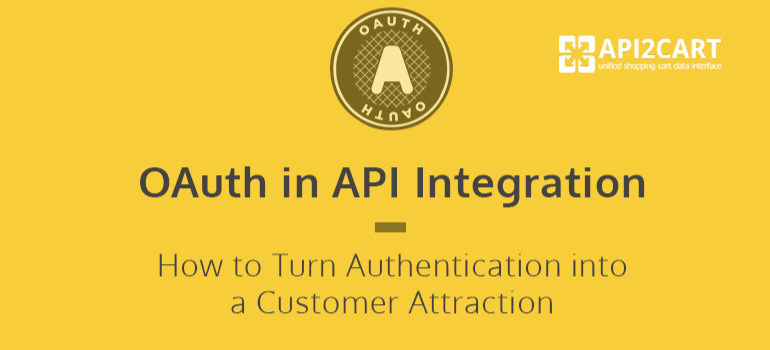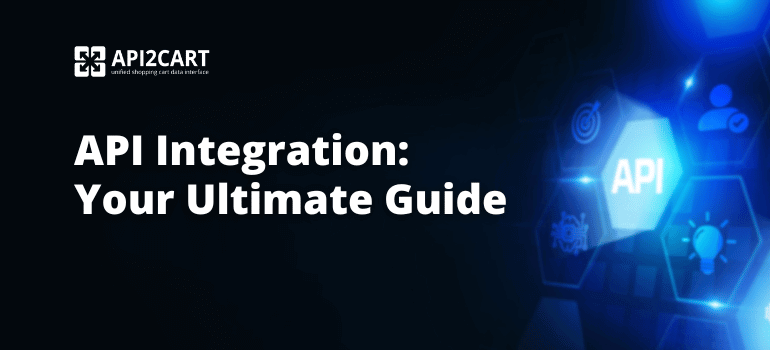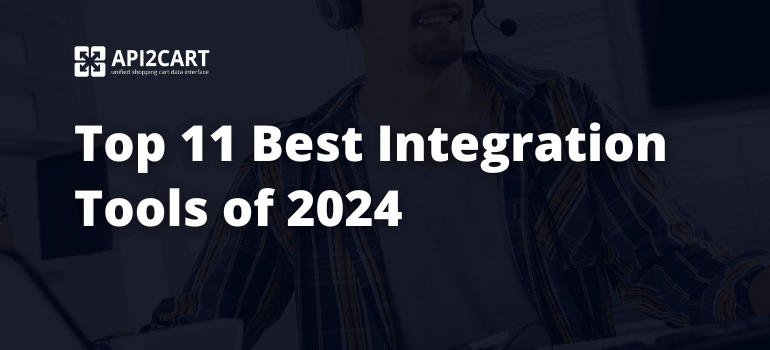
In 2016, we say it is common knowledge that integrations and APIs are linked. Integrations are meant to enable applications exchange data, and APIs are critical for ensuring this data exchange. What we often pass by here though is authentication and the role it plays for the end-user.
Before the “communication” through the API happens, the server where the necessary data is stored needs to make sure that the user (client) that wants to perform certain operations is actually who or what it declares them to be. There comes the process of authentication, and the client either proves its identity to the server or fails to do so and suffers a 401.
APIs can authenticate clients in several ways. The techniques that are most widely used are basic, API key, and open authentication (OAuth), each representing a different level of security. Let us find out which works best for API integrations and why.
Authentication Schemes and Security
Basic authentication only requires a username and a password that works to both access the API and manage the account. Sounds great, but the user might want their password to stay private. If there is a need to have different permissions for the client and the account owner, using shared credentials is not the option.
API Key authentication takes a unique key and no user password to happen. The long series of numbers and letters lets the server know that the client trying to access data is entrusted to do so. Administrative functions, however, are limited so that the user password and account remain protected. The downside here is that the API key authentication technique involves a setup part that the user will have to do -- obtain the API key from the server and then pass it to the client.
OAuth eliminates the manual effort of the user in between by automating the API key exchange.
The client and the server communicate for the valid key themselves, so the user only presses the button to approve the connection. The application is then able to perform operations on behalf of the user without their password been shared.
This API authentication model is both secure and the most convenient for end-users. That is why we use it here, at API2Cart.
OAuth or Authentication as Your Benefit That Clients Will Appreciate
The great part about OAuth (the second out of two versions, to be more precise) is that you can adapt it to your needs. If you are integrated with an API and use this connection to provide a service to end-users, the list of benefits is the following:
- The end user keeps their account credentials private. They do not have to share their login and password and then change them after you have added them to your system.
- No need to lift an extra finger for the API key. The client and the server do the access key routine themselves.
- Minimal effort in a secure surrounding. All they need to do to connect to your system through the API is press a button in their account back office.
The points mentioned above make connecting to and using your service seem easy to the user. If you are looking for a secure and easy way to make it easy for shopping cart users to become your customers, consider us as a helper. For more information about our API and how we can help you win more clients with a smooth UX, schedule a call with our representative or leave us a message.



